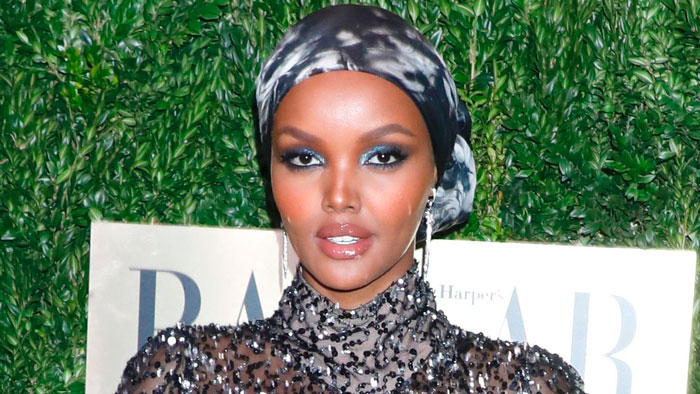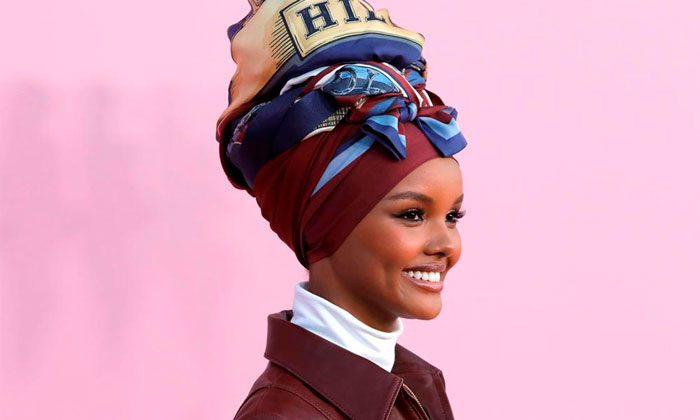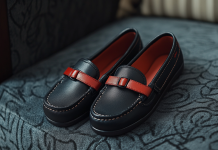Halima Aden decided that she could no longer compromise her faith and decided to quit fashion.
Balance with faith
Halima was incessantly criticized: some would criticize her for the demonstration of female sexuality, which is unacceptable in Islam, others for promoting the image of a Muslim woman as a woman wrapped in black from head to toe.
Halima Aden, a 23-year-old American woman who became the world’s first supermodel to openly declare her commitment to Islam, announced that she will no longer take the catwalk because she no longer believes that such work is compatible with her religious beliefs.
In her Instagram post, which shocked millions of her fans around the world, she wrote that the coronavirus pandemic gave her the opportunity to take a break and think about what is most important to her as a Muslim.
The toxic fashion world

Aden, the first hijab and burkini model to appear on the covers of many leading fashion magazines, including British Vogue, Vogue Arabia, Sports Illustrated, and others, described the difficulties she faced in the “toxic mess called fashion” in a series of her posts.
A Somali-born, raised in a refugee camp in Kenya, Halima complained about how she had to constantly skip prayers during her modeling career, wear clothes that made her feel uncomfortable and wear the hijab in a manner that seemed like a betrayal of her true values.
Halima regrets that she has often behaved too opportunistically and reproaches the modeling industry for a distorted notion of “representation” and a lack of truly Islamic fashion designers.
“They could call me tomorrow and not even for $10 million would I ever risk compromising my hijab ever again,” Halima wrote. Walking the catwalk or working at fashion weeks is, she says, a constant source of bad energy.
A role model
Appearing on the catwalks, always with her head covered in a hijab, and in clothes that almost completely hide her figure, Halima gained immense popularity among Muslim girls around the world, many of whom saw her as a role model and a source of strength to combat prejudice in their surroundings.
At the same time, her appearances on the podium and photographs in magazines regularly drew criticism. Some argued that such a demonstration of oneself, albeit in completely closed clothes, was unacceptable for a Muslim woman, while others reproached her for the fact that by her appearance in a hijab she, on the contrary, was promoting it as a mandatory accessory for women in the Islamic world, perceived by many as a symbol female powerlessness.











